The effect of acupuncture and selection of acupoints on myelosuppression after chemotherapy
Xue-Zhen Wang,Xiao-Yu Zhang,Ya-Nan Zhang,Lei Xia
1School of Chinese Medicine,Shandong University of Traditional Chinese Medicine,Jinan 250355,China.2Department of Pathology,Shandong University of Traditional Chinese Medicine,Jinan 250355,China.
Abstract Objective:To evaluate the effect of acupuncture on myelosuppression after chemotherapy and summarize its acupoint selection strategy.Methods:After a systematic search,an acupoint database on myelosuppression after chemotherapy was constructed.A meta-analysis was conducted to assess the efficacy of acupuncture.On this basis,association analysis and cluster analysis were performed to explore the distribution of acupoints in SPSS Modeler18.0 and SPSS 22.0.Results:40 studies with 2988 patients were included.The white blood cell count,platelet count,red blood cell count,and hemoglobin were significantly higher in patients receiving acupuncture versus convention therapy exclusively.The two groups,however,did not differ in neutrophils count.Most acupoints,mainly distributed in the limbs and the back,were from the bladder meridian,the stomach meridian,and the spleen meridian.The lower sea and transport points were the most preferred specific points,in which ST36 and SP6 ranked highest in use.ST36-RN6,SP6-SP10,and ST36-SP10 turned out to be the most significant correlations in association rule mining.In cluster analysis,LI4-RN12,ST36-RN4-RN6 were grouped for their high similarity.Conclusion:For patients with myelosuppression after chemotherapy,acupuncture significantly inhibited the decline in blood cell components (white blood cell count,platelet count,red blood cell count,and hemoglobin) except for neutrophils.As the central combination of acupuncture prescriptions for this population,ST36-SP6-RN6-SP10-RN4 presented promising prospects and deserved more exploration for clinical use.
Keywords:acupuncture and moxibustion;acupuncture therapy;chemotherapy;myelosuppression
Background
As a globally leading cause of death,cancer has long been the primary concern of public health [1,2].Despite therapeutic development,its high mortality persists.Among existing therapeutic strategies,including immunotherapy and targeted therapy,chemotherapy remains the prevailing modality in many cases.In spite of this,exposure to chemotherapy may induce many side effects,such as headaches,abdomen pain,and nausea.Myelosuppression after chemotherapy (MAC) is a prevalent side effect for cancer patients [3].It results from hematopoietic dysfunction and presents an apparent decrease in white blood cell count (WBC),platelet count (PLT),red cell count (RBC),hemoglobin (Hb),and neutrophil (Neu).In practice,it lowers the quality of life through systematic symptoms such as fever and inappetence.Crucially,MAC may even endanger life with accompanying infection and complications.Current treatment for MAC mainly includes batilol,leucogen,and glucocorticoids [4].Even so,they are generally unfavorable for their slow onset,modest efficacy,and high cost.Acupuncture is an essential part of traditional Chinese medicine that cures diseases and restores health via acupoint stimulus.It is famous for its low cost and promising curative effect with few adverse events.As a medical practice with increasing popularity in China,acupuncture has also been recognized and applied by 183 countries and regions [5],which involve many comprehensive cancer centers [6].Nevertheless,the acupuncture prescription,i.e.,the selection of acupoints,varies irregularly and adds uncertainty to the efficacy and safety of acupuncture.Therefore,this study aimed to: (1) evaluate the effect of acupuncture on patients with MAC in a systematic review and meta-analysis;(2) identify the critical features in acupoint selection in association and cluster analysis.
Methods
Literature search
Electronic databases including China National Knowledge Infrastructure,Wanfang,Weipu,SinoMed,Web of Science,PubMed,Excerpta Medica Database,and Cochrane Library were searched from establishment of the database to 14th June 2021.The search adapted keywords for the terms ‘a(chǎn)cupuncture’,‘electroacupuncture’,‘dry needling’,‘chemotherapy’,and‘myelosuppression’with corresponding adjustments in each database.
Inclusion criteria
Both interventional (e.g.,randomized controlled trials) and observational researches were eligible for the systematic review.In contrast,randomized controlled trials were included in meta-analysis exclusively.
Patients with a diagnosis of MAC and receiving acupuncture therapy with detailed prescriptions were included.The acupuncture therapy denoted electroacupuncture,dry needling,acupuncture and moxibustion,acupoint embedding in the study.
Exclusion criteria
Studies incorporating non-acupuncture interventions,such as mere moxibustion,auricular acupressure,transcutaneous electrical acupoint stimulation,and catgut embedding,were excluded.Review articles,meta-analyses,and clinical researches without detailed information on the acupuncture prescription or containing other treatments like Chinese medicine and acupoint injection were also excluded.
Data extraction
Articles meeting the inclusion criteria were reviewed independently for eligibility by two authors.In the process,all discrepancies between reviewers were resolved by a third reviewer.The collected data included the first author,publication year,sample size,course,acupoints,intervention,and efficacy measure (Table 1).The database was established in Microsoft Excel.

Table 1 Characteristics of included studies
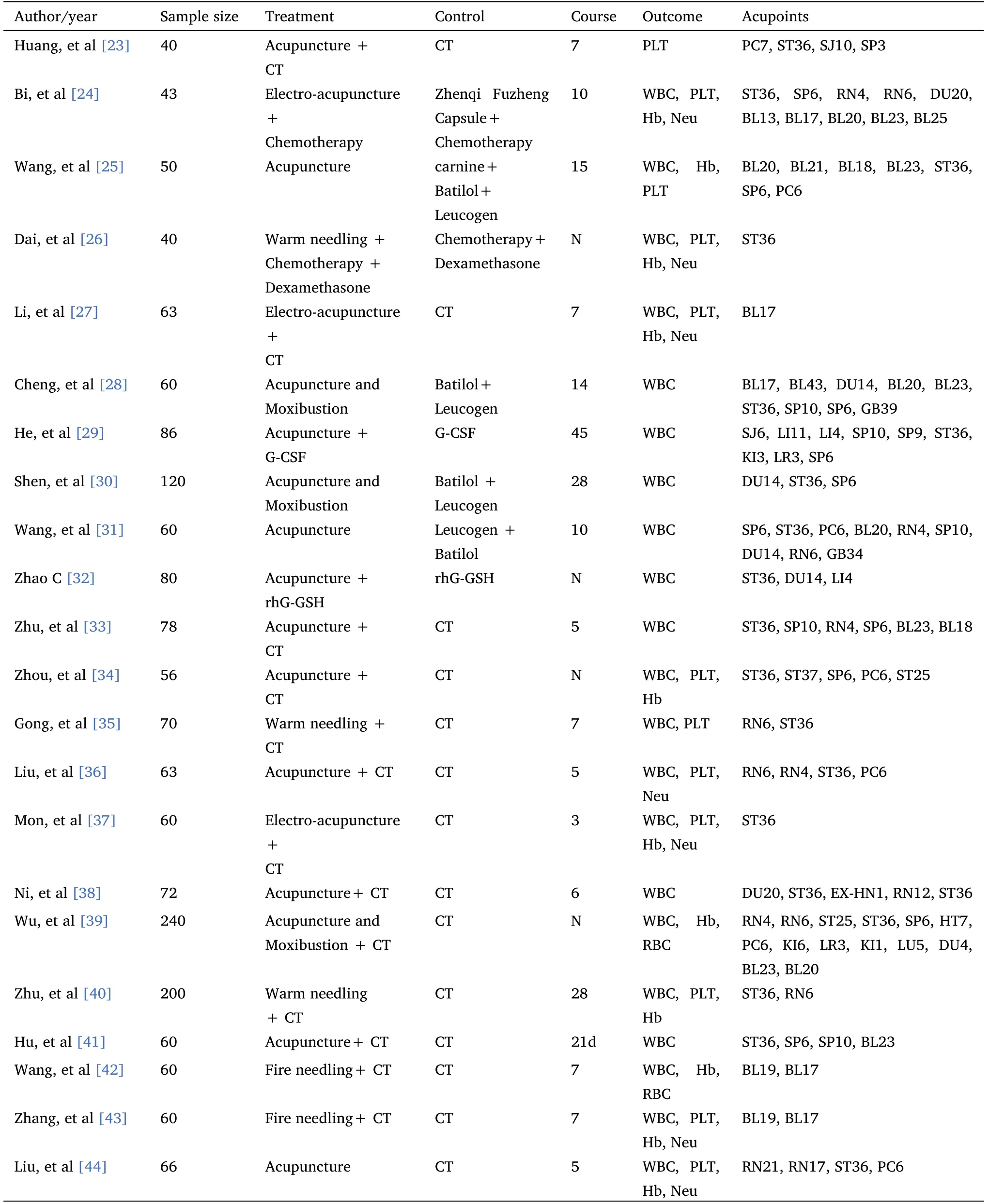
Table 1 Characteristics of included studies(Continued)
Normalization and statistics
Variables such as the names and meridian entries of acupoints were normalized with the textbook of acupuncture and moxibustion as reference (the 10th version of the 13th Five-Year Project for higher education in the national industry of traditional Chinese medicine).The acupoints were classified as principal and compatible acupoints if multiple prescriptions based on syndrome differentiation occurred in a study.
The meta-analysis was performed in Review Manager version 5.4,with the effect of acupuncture on patients with MAC evaluated using random-effect modeling.Continuing variables were expressed as mean difference and relative risk with 95% confidence intervals.
To summarize the distribution of acupoints,a descriptive and cluster analysis was conducted in SPSS version 21.0.In contrast,the association rule analysis was completed in SPSS Modeler version 18.0.
Results
Meta-analysis
As shown in Figure 1,MAC patients receiving and not receiving acupuncture differed significantly in blood counts.In meta-analysis,patients that randomized to acupuncture were significantly higher in WBC [MD = 1.14,95% CI (0.92,1.37),P<0.05],PLT (MD: 34.04,95% CI: 30.47-37.61,P<0.05),Hb (MD: 0.52,95% CI: -5.1-6.15,P<0.05),and RBC (MD: 0.66,95% CI: 0.23-1.09,P<0.05).Neu,however,was similar between the two groups (MD: 0.75,95% CI:0.68-0.82,P<0.05).
Descriptive analysis
FrequencyThis analysis included forty-eight prescriptions containing forty meridian points and two extra points (Table 2).Sixteen acupoints were adapted more than five times and contributed most in use (245 times/282 times).Meanwhile,ST36 (50 times),SP6 (27 times),RN6 (22 times),SP10 (17 times),and BL17 (17 times) had the highest use rate.Taken all together,they comprised about half(47.2%) of the use.
Meridian entryAt the meridian level,the acupoints belonged to thirteen meridians in 280 times of use.Among them,the bladder meridian (60 times),the stomach meridian (54 times),and the spleen meridian (48 times) ranked in the top three in frequency.They accounted for about half (57.9%) of total use and contained nearly 40% (17) of the acupoints.(Table 3)
Specific pointsThe study included thirty-three specific points with 215 times in use.Among the specific points,nine acupoints possessed multiple attributes (Table 4).That was,PC6 (connecting point,confluence points of the eight vessels),HT7 (stream point,source point),RN12 (alarm point,eight meeting points),KI3 (stream point,source point),PC7 (stream point,source point),SP3 (stream point,source point),GB34 (stream point,eight meeting points,lower sea points),LR3 (stream point,source point),and RN17 (alarm point,eight meeting points).Likewise,lower sea points(52 times),transport points (42 times),and crossing points (27 times) were the most common among different kinds of specific points.
DistributionAs shown in Table 5,the acupoints were typically on the limbs(143 times/50.9%) and the back (61 times/21.6%).
Association analysis
The sixteen acupoints in routine use (>5 times) were the focus of association rule mining.In the Apriori algorithm,high support (>30%) and confidence(>80%) were indicative of a strong association between acupoints.Accordingly,lift >1.0 suggested the validity of the association.There were nine association rules with the maximum number of antecedents set to 3.The rank of these associations by support from high to low was available in Table 6.RN6-ST36,SP10-SP6,and SP10-ST36 were the highest in support value.Figure 2 presented the association network diagram base on the acupoints,in which line thickness represented the strength of association.
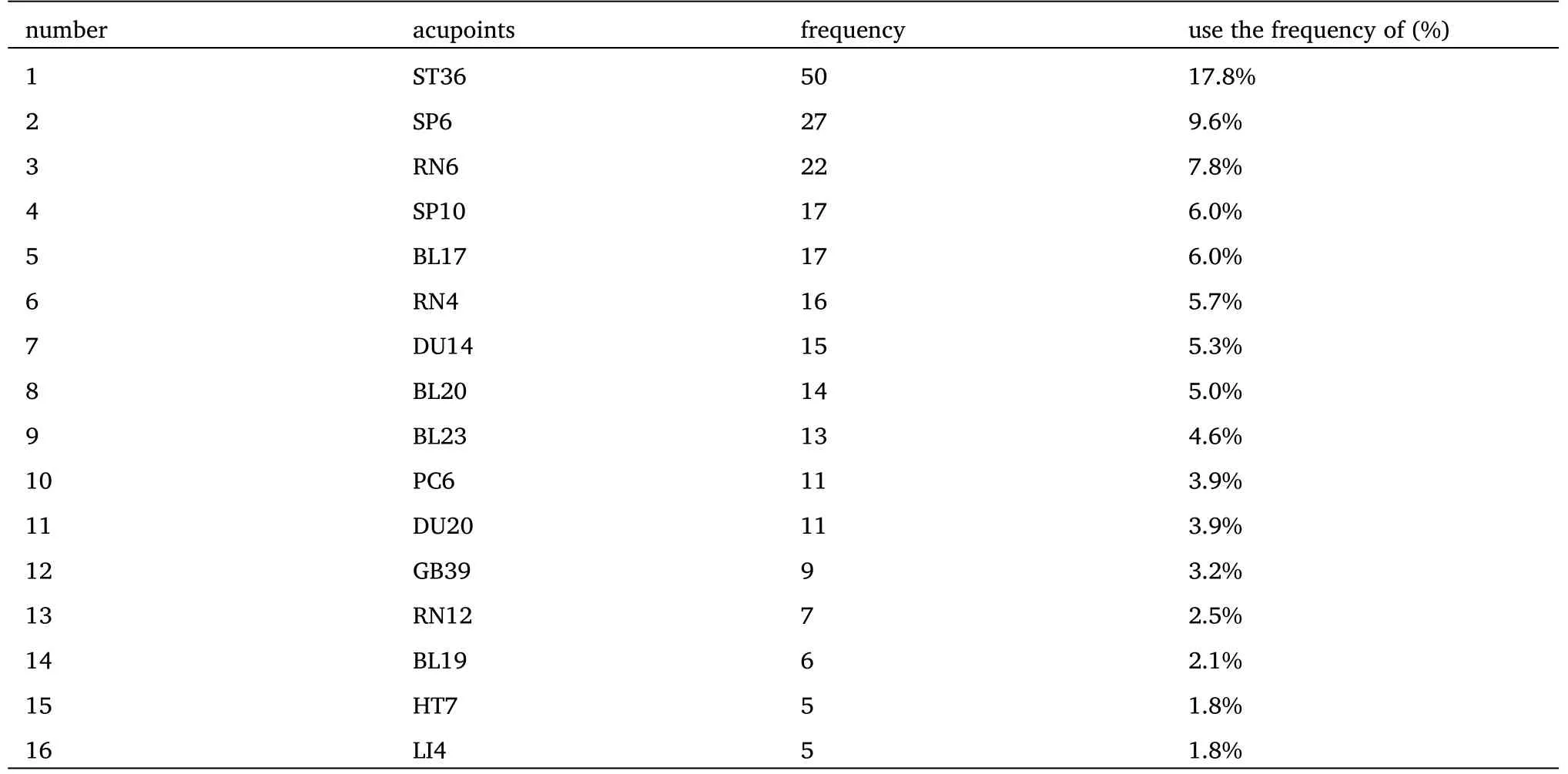
Table 2 The rank of use for acupoints in treating myelosuppression after chemotherapy
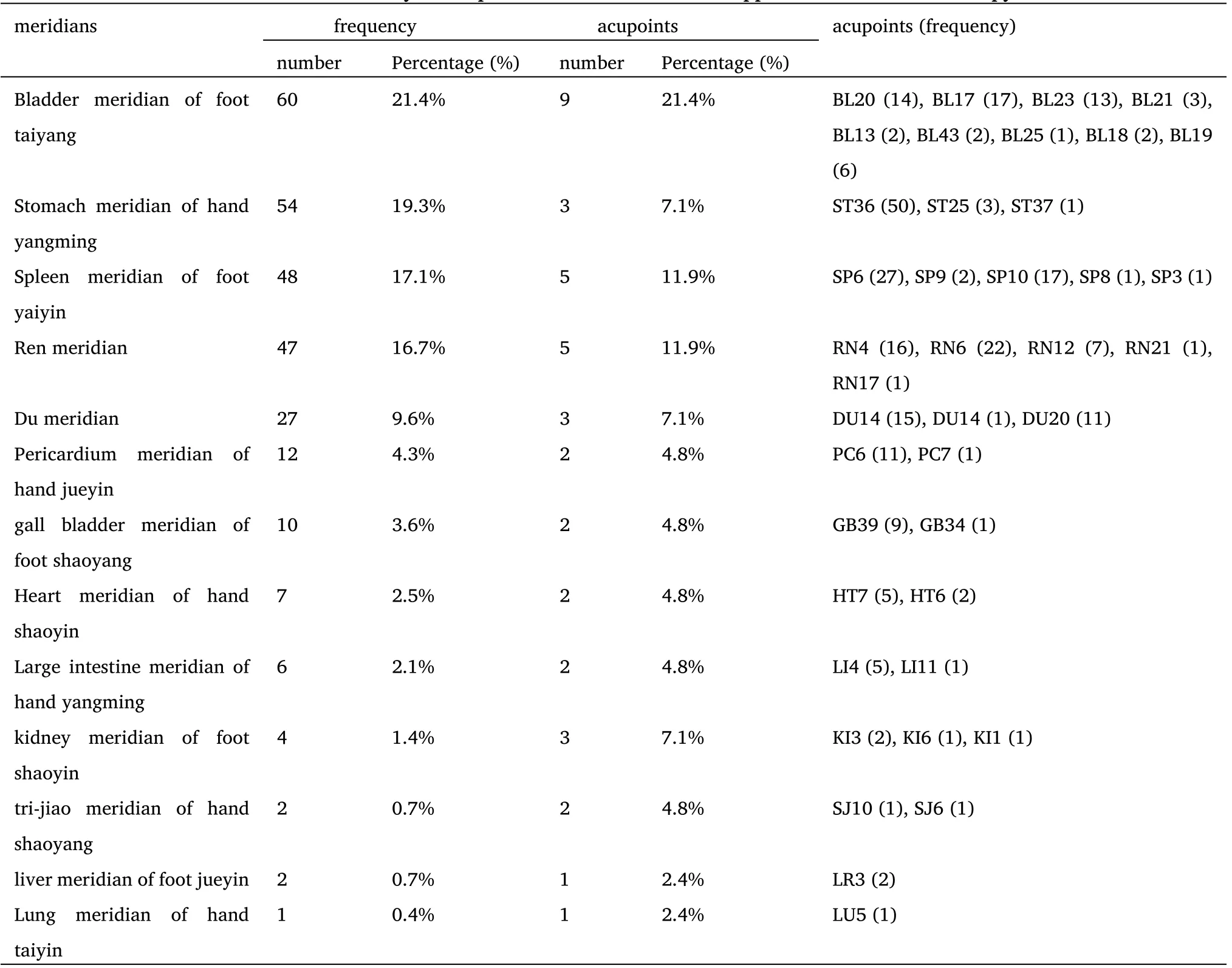
Table 3 Meridian entry of Acupuncture for bone marrow suppression after chemotherapy

Table 4 Specific points of Acupuncture for bone marrow suppression after chemotherapy

Table 5 Acupoints distribution of Acupuncture for bone marrow suppression after chemotherapy

Table 6 Association rules of high-frequency acupoints of Acupuncture for bone marrow suppression after chemotherapy
Cluster analysis
The cluster analysis was also performed on the above sixteen acupoints depending on similarity.In the clustered column diagrams and dendrogram (Figure 3 and 4),the acupoints constituted four clusters: LI4-RN12,ST36-RN4-RN6,PC6-HT7,and DU14-BL19-BL17-BL23-BL20-SP10-SP6-DU20-GB39.
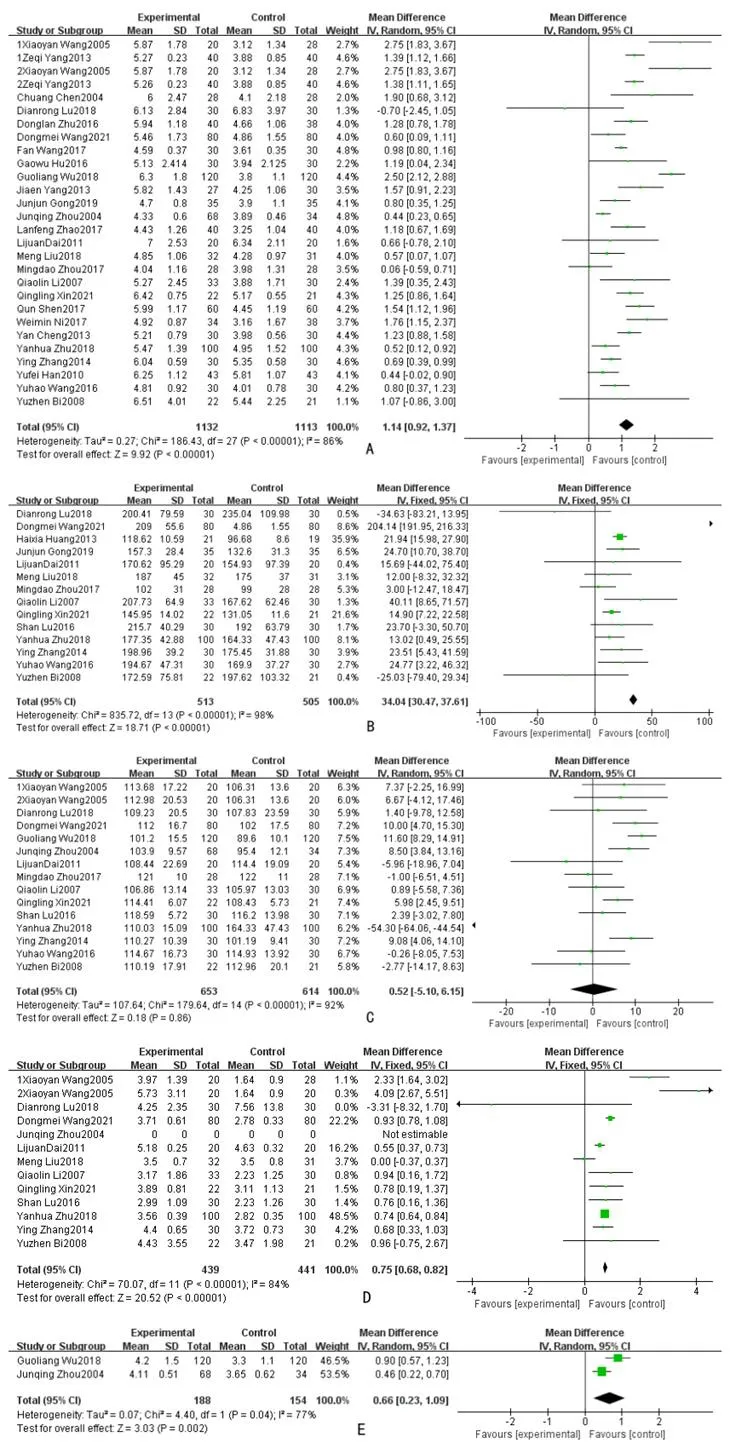
Figure 1 meta-analysis for the effect of acupuncture on myelosuppression after chemotherapy
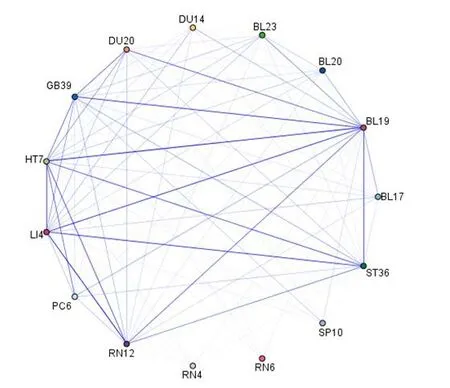
Figure 2 Association network diagram of high frequency acupoints

Figure 3 Cluster diagram of high frequency acupoints of Acupuncture for bone marrow suppression after chemotherapy
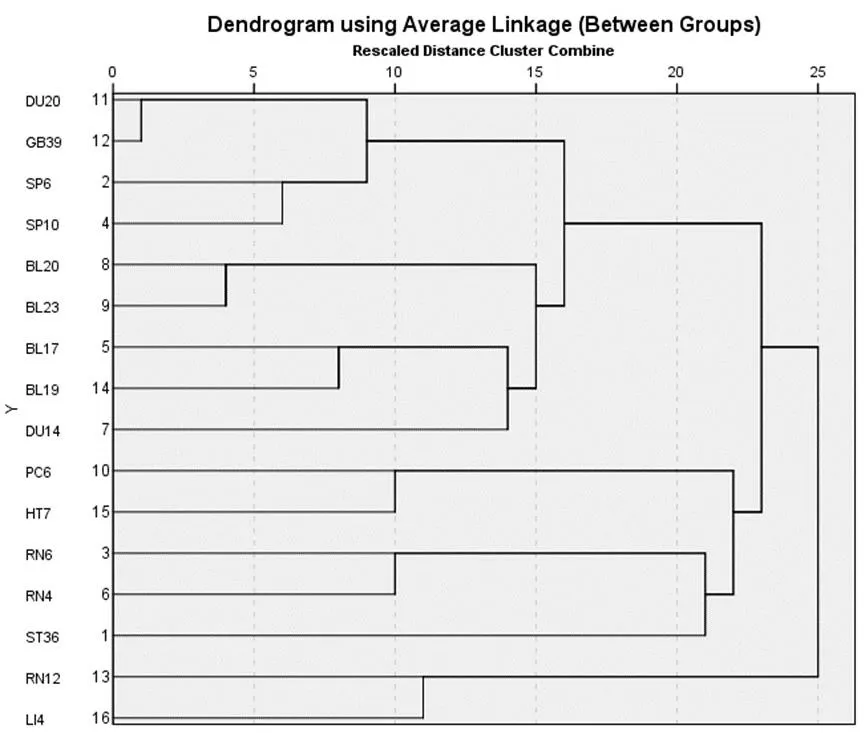
Figure 4 Cluster diagram of high frequency acupoints of Acupuncture for bone marrow suppression after chemotherapy
Discussion
This study evaluated the effect of acupuncture on patients with MAC with a focus on blood routine parameters.In the meta-analysis,MAC patients who underwent acupuncture were significantly higher in WBC,PLT,Hb,and RBC than those receiving conventional treatment only.Still,they did not differ in Neu.Subsequently,association analysis and cluster analysis identified ST36-SP6-RN6-SP10-RN4 as the central combination of prescriptions on this population.Given the favorable efficacy and advantages of acupuncture,it deserved more attention from physicians,and ST36-SP6-RN6-SP10-RN4 might also serve as a potent core combination in future use.As one of the complications with the highest incidence in chemotherapy,MAC directly reflects severe bone marrow dysfunction after exposure to toxicities of chemotherapeutic drugs.Clinically,MAC manifests as an apparent decrease in hemocyte level,including WBC,PLT,RBC,and Neu [45].As such,it induces anemia and causes symptoms of frailty.In Chinese medicine,MAC formation and disease progression can be twofold,i.e.,the rise of the pathogenic qi and the decline of the healthy qi.On the one hand,as a pathogen,the toxin from medications combated with the healthy qi in meridian vessels.In the struggle between the healthy qi and pathogenic qi,the external toxin causes damage to health qi,impeding the circulation of qi and blood.After that,it reaches the viscera and bowels and leads to different injuries consequently.For instance,the dysfunction of the spleen and stomach,which generate and transform qi and blood,may aggravate the dual deficiency of qi and blood.Also,kidney excess due to drug toxin may develop into insufficiency of kidney essence.Given the homogeny of qi and blood and mutual rooting of yin and yang,the dysfunction may eventually develop into systematic deficiency among the five viscera as it processes.On the other hand,the clinical manifestations of MAC match remarkably descriptions of the consumptive disease to some extent.As an essential part of the hemopoietic system,bone marrow generates hematopoietic cells and regulates their distribution in the body [46].For patients with MAC,however,exposure to chemotherapy notably inhibits bone marrow function.Thereby,the activity of bone marrow weakens,and infirmity occurs.Equally,in Chinese medicine,consumptive disease refers to several chronic diseases due to the deficiency of yin,yang,qi,and blood.In this regard,MAC agrees with the consumptive disease.Clinically,the two diseases also share similar treatment principles.
As one of the most widely accepted therapies,acupuncture contributes markedly to the treatment of MAC in China.ST36,SP6,and RN6 had the highest use rate among all acupoints,coordinating their prominence in the meridian and collateral theory.ST36,which locates in the stomach meridian,is employed chiefly to fortify spleen and nourish stomach.As spleen and stomach serve as the source of qi and blood generation,this process partly counteracts the qi and blood deficiency in MAC.Hence,ST36 is particularly suitable for the practice of MAC.Correspondingly,SP6 is a key acupoint for treating yin deficiency,which arises due to long-term blood deficiency in late-stage MAC.Since qi and blood correlate integrally in engendering transformation,RN6 is also indispensable for improving qi deficiency featured by wasting and weakness.For these reasons,ST36,SP6,and RN6 are particularly relevant for treating MAC.
Acupoint properties and the course of the meridian also help to demonstrate the benefit of acupuncture.Lower sea points and transport points were two of the most used specific points among patients with MAC.The former included mostly acupoints in the stomach meridian,i.e.,ST36,ST37,and GB34.In contrast,BL20,BL21,and BL23 belonged to transport points rooted in the bladder meridian.In the descriptive analysis,the bladder meridian,stomach meridian,and spleen meridian predominated among meridian entries(Table 3).They were located primarily at limbs and back.Myelosuppression correlates considerably with comprehensive deficiency of qi,blood,yin,and yang.Further,the deficiency results from dysfunction of the spleen,stomach,and kidney.Therefore,transport points in the bladder meridian,which regulate the waxing and waning of yin and yang,function by treating deficiency.As transport points make up a channel for qi from viscera and bowels to the back,stimulus on BL20,BL21,and BL23 also improve qi movement disorder.Additionally,the course of the bladder meridian covers most of the body constituents,communicating qi and blood systematically.Hence,bladder meridian is a primal necessity to treating MAC.Contrastingly,acupoints of the stomach meridian and spleen meridian form an exterior-interior point combination that jointly provides qi and blood for the body.In this situation,the bladder meridian,stomach meridian,and spleen meridian cooperate to cure MAC.
The tight association among different acupoints also elucidates why acupuncture is effective in treating MAC.This analysis identified three highly significant associations: ST36-RN6,SP6-SP10,and ST36-SP10.Furthermore,ST36,RN4,and RN6 were grouped by similarity in cluster analysis.Of note,ST36 and SP6 had long been applied in treating MAC.As such,ST36-SP6-RN6-SP10-RN4 might typify the key acupoint combination for MAC.
In sum,ST36-SP6-RN6-SP10-RN4 was identified as a potent prescription for MAC.This combination may also function as a basis for adjustments on coexisting symptoms in daily practice,such as adding HT7 and PC6 to the above combination for the MAC population with concurrent insomnia.Although this study has incorporated multiple subgroups of acupuncture therapy,there are several limitations.The study included only literature that focuses on acupuncture.Consequently,the number of studies in the analysis was relatively limited,and omissions possibly existed in the process.In addition,several included studies contained acupoints conditional on syndrome differentiation.As syndrome differentiation is outside the scope of this analysis,acupoints of this origin might constitute confounding factors,especially in acupoint selection.Given the high consistency in meta-analysis and the limited amount of such studies,they were unlikely to overturn the conclusions.As they were too few for a systematic review,we did not analyze compatible points.Nevertheless,syndrome differentiation is one of the two fundamental characteristics in Chinese medicine and necessities further exploration.Therefore,findings of this study,such as the efficacy of ST36-SP6-RN6-SP10-RN4 on the MAC population,still require assessment and validation in researches with more targeted questions.
- TMR Non-Drug Therapy的其它文章
- Research progress of yoga in symptom management of cancer patients
- Meta-analysis of the clinical efficacy of Xingnao Kaiqiao acupuncture combined therapy in the treatment of infantile cerebral palsy
- Effect of kinesiotaping over medications on primary dysmenorrhea among nulligravida women-a randomized clinical control trail
- Annual advances of acupuncture research in 2021
- Clinical study on fire needle acupuncture treating irregular menstruation with spleen deficiency syndrome

